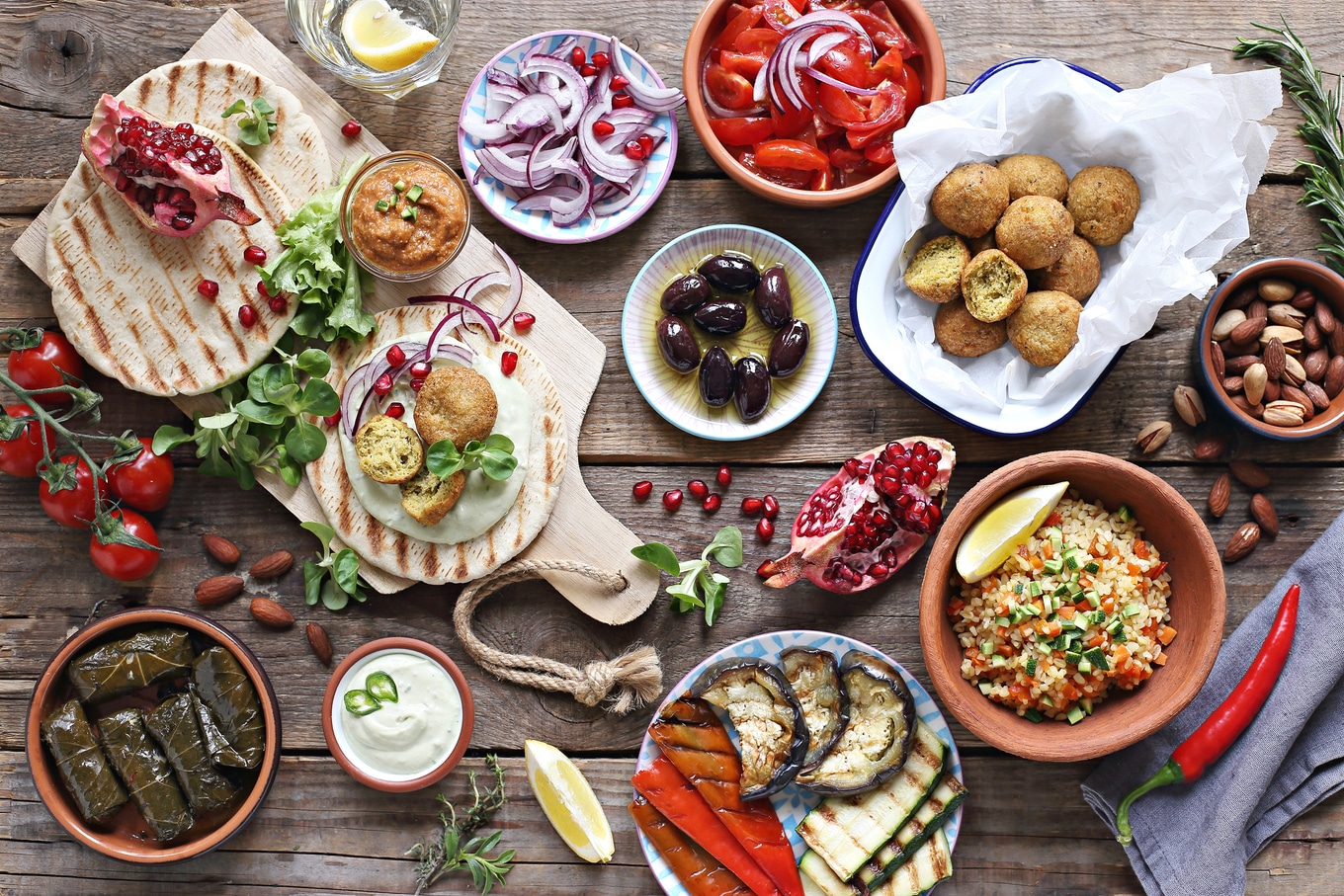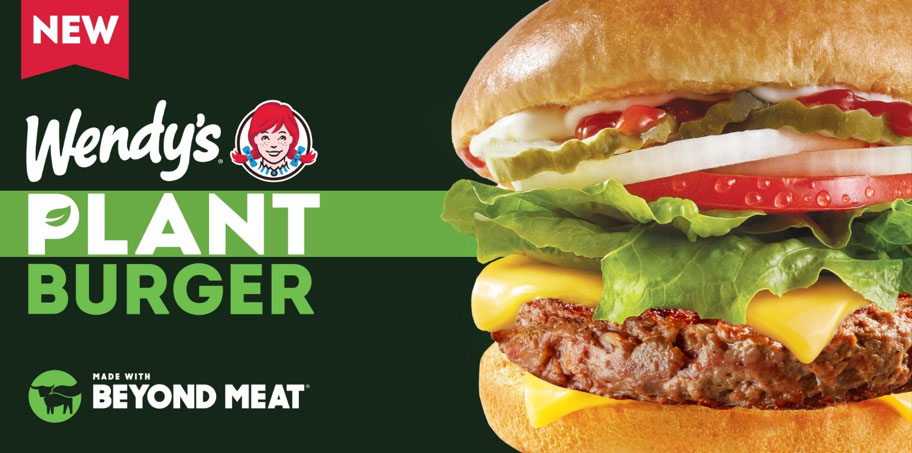In recent years, the Paleo diet has gained popularity for its emphasis on consuming foods that our ancestors might have eaten. This dietary pattern excludes processed foods, dairy, grains, beans, and other foods developed after the Paleolithic era.
While followers of the Paleo—or Caveman—diet interpret its guidelines differently, many seem to emphasize consuming meat and fish as their primary protein sources.
However, a study led by a University of Wyoming archaeologist challenges the conventional wisdom surrounding Paleo diets and draws intriguing parallels between Paleo eaters and the long-lived Blue Zone communities.
Unsplash/Mary West
Archaeologists long believed that early human diets were primarily meat-based. However, Assistant Professor Randy Haas’ analysis of the remains of 24 individuals from the Wilamaya Patjxa and Soro Mik’aya Patjxa burial sites in Peru paints a different picture.
Table of Contents
Are Paleo diets plant-based?
The study, published by the peer-reviewed journal Plos One, applies methods in isotope chemistry and statistical modeling to unveil a surprising twist in early Andean societies and traditional hunter-gatherer narratives.
“Conventional wisdom holds that early human economies focused on hunting—an idea that has led to a number of high-protein dietary fads such as the Paleo diet,” Haas said in a statement.
“Our analysis shows that the diets were composed of 80-percent plant matter and 20-percent meat,” Hass said.
For these early humans of the Andes, spanning from 9,000 to 6,500 years ago, there is indeed evidence that hunting of large mammals provided some of their diets. However, the new analysis of the isotopic composition of the human bones shows that plant foods made up the majority of individual diets, with meat playing a secondary role.
Burnt plant remains from the sites and distinct dental-wear patterns on the individuals’ upper incisors indicate that tubers, such as potatoes, likely were the most prominent subsistence resource.
 Adobe Stock
Adobe Stock
“Our combination of isotope chemistry, paleoethnobotanical, and zooarchaeological methods offers the clearest and most accurate picture of early Andean diets to date,” Haas said. “These findings update our understanding of earliest forager economies and the pathway to agricultural economies in the Andean highlands.”
Paleo versus Blue Zones: eating for longevity
Modern interpretations of ancient diets often favor meat-centric approaches, based on the assumption that it aligns with our evolutionary past. However, the new study from the Andes questions this notion, emphasizing the potential benefits of a plant-rich diet during Paleo times.
Instead, the dietary patterns of our ancestors seem more aligned with people living in Blue Zones, where the focus is on plant foods. In recent years, the Mediterranean diet has been the subject of many studies, which point to its correlation to lower disease risks and longer lifespans.
 Getty
Getty
In one study analyzing the habits of more than 110,000 people, following a Mediterranean lifestyle reduced the risk of all-cause mortality by 29 percent and cancer mortality by 28 percent.
Blue Zoners are also known for getting much of their protein from beans and legumes. However, these plant foods are prohibited in Paleo diets due to the high content of lectins and phytic acids. What does the research say?
In one 2022 study, researchers found that substituting a portion of meat with either beans and peas or potatoes contributed to weight loss. This study builds upon earlier research that established a connection between the consumption of beans and peas and enhanced blood glucose control among individuals newly diagnosed with type 2 diabetes.
In fact, the Melis Family of Sardinia—known as “the longest-living family in the world”—is known for eating a chickpea-filled minestrone multiple times per day. In this Blue Zone, fava beans and other legumes are an everyday staple.
Additional studies about this plant-forward way of eating have shown benefits that range from improved brain health and slower cognitive decline to lower incidence of fatty liver disease and more.
 Netflix
Netflix
This topic was also explored in the popular Netflix documentary, Live to 100: Secrets of the Blue Zones, which underlines the core elements of longevity: natural movement, moderate alcohol intake, minimal chronic stress, and predominantly plant-based diets.
These findings, combined with the research in the Andes, are putting cracks in the idea that our evolutionary history revolved around meat consumption.
“Given that archaeological biases have long misled archaeologists—myself included—in the Andes, it is likely that future isotopic research in other parts of the world will similarly show that archaeologists have also gotten it wrong elsewhere,” Chen said.






